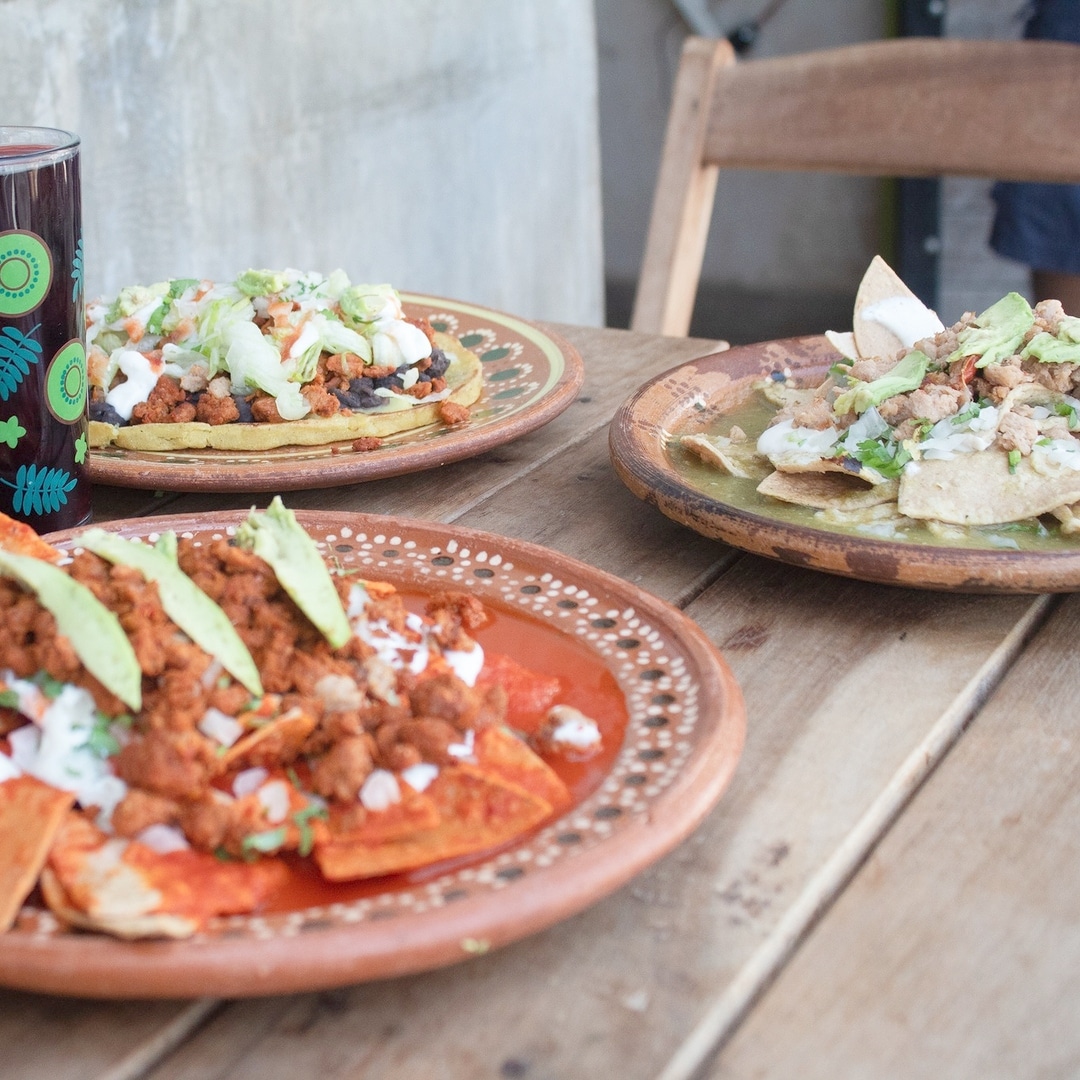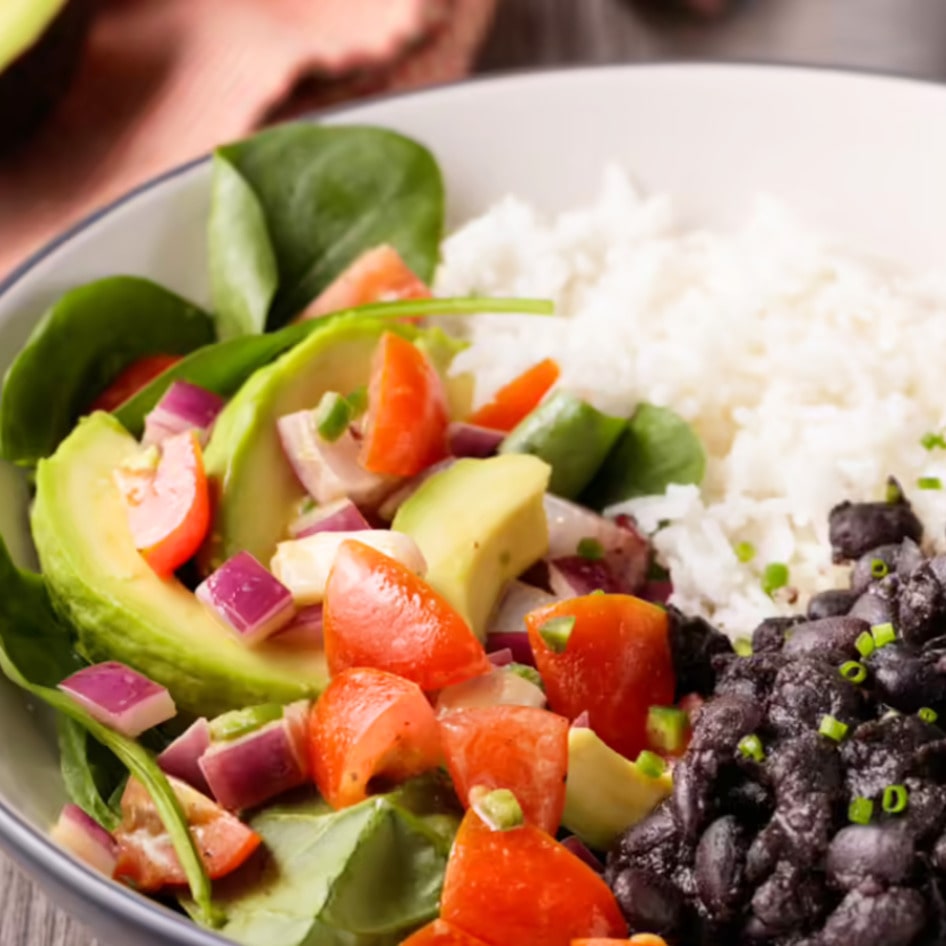Latin America has long been known for its love of meat. Brazil, for instance, ranks third in total meat consumption globally, following China and the US, while Mexico holds the fifth spot. According to 2022 data from the World Population Review, Argentina leads the world in veal and beef consumption.
In most Latin American countries—as in many countries around the world—the national dish is meat-based. In Colombia, for example, bandeja paisa, which consists of beef, ground meat, chicharrón, and chorizo, is a beloved staple. In Bolivia, salteñas (pastries filled with beef) are a firm favorite, and in Venezuela, pabellón criollo with shredded beef is a go-to for many households.
 Juan Bautizta | Studio Mexico
Juan Bautizta | Studio Mexico
For many Latin Americans, meat isn’t just about sustenance—it’s about tradition, culture, and family. Recipes are passed down through generations, and meals are often shared. In Argentina, for instance, asado (barbecue) is a long-standing social ritual. It typically involves grilling beef over a fire, usually on weekends, surrounded by family and friends. It’s considered both a national dish and a symbol of Argentine identity.
But lately, things have started to shift as more people become aware of the environmental impact of animal agriculture, a leading driver of deforestation and greenhouse gas emissions. As a result, people are beginning to make changes, even if that means tweaking traditional recipes.
“Veganism in Latin America is expanding,” explains Mauricio Serrano Palma, the director of Veganuary Latin America, to VegNews. “It’s solidifying as a long-term movement.”
He cites growing social awareness as one key driver, but also simply the wider availability of vegan options in grocery stores and restaurants. There are more plant-based choices in the region than ever before.
Latin America’s growing plant-based market
In Chile, for example, 2021 research from Veganuary and Mintel Consulting found that plant-based products make up 12 percent of the total food market. The industry is supported by major local brands like Quelp, which makes nuggets and burgers from seaweed, and NotCo, a food tech company that uses artificial intelligence to create plant-based meat and dairy alternatives. NotCo has even partnered with major fast-food chain Burger King on plant-based chicken burgers and Whoppers.
 NotCo
NotCo
BECOME A VEGNEWS VIP: Get exclusive product deals, freebies, and perks galore!
And it’s not just Chile. In Brazil, retail sales of plant-based meat and seafood reached R$1.1 billion (approximately $169 million USD) in 2023, a nearly 40-percent increase from 2022. A new survey from the Brazilian Vegetarian Society also found that 74 percent of the population would consider reducing or eliminating meat for health reasons.
“The survey confirms that there is a growing awareness about the impact of diet on health, the environment, and respect for animals,” said Mônica Buava, president of the Brazilian Vegetarian Society. “It is encouraging to see that 74 percent of Brazilians are considering the possibility of reducing or eliminating meat consumption.”
 Tacos at La Vegan Taqueria in Tulum, Mexico.
Tacos at La Vegan Taqueria in Tulum, Mexico.
Even in Argentina, where beef has long been king, change is beginning to take root. Recent data suggests that plant-based food products now account for about six percent of total food sales.
Across the region, the vegan restaurant scene is picking up, too. “Latin America now has over 10,000 restaurants that are either fully vegan, vegetarian, or offer vegan options,” adds Palma. “This marks a 21.6-percent increase from the previous year, with 1,700 new establishments added [to vegan restaurant platform HappyCow].” Leading the way is Brazil, with nearly 3,000 vegan-friendly restaurants. Mexico isn’t far behind with 2,920 (find some of our top picks in Mexico here), and Chile has close to 1,000.
“The growth in these countries is driven by a combination of factors, including increased awareness of the environmental and ethical impact of consuming animal products, the influence of campaigns like Veganuary, and the food industry’s response to rising consumer demand by launching more vegan and plant-based products,” explains Palma.
Most of the change is being driven by two key demographics: women and young adults between the ages of 18 and 35. “[They] are more informed about the environmental and ethical impact of animal product consumption,” Palma adds.
This isn’t unique to Latin America. In the UK, for example, Gen Z has been credited with fueling the growth of the plant-based market. In the US, research suggests that only eight percent of Gen Z say they would definitely not adopt a plant-based diet.
Businesses around the world are taking notice — and Latin America is no exception. “Data suggests that veganism in Latin America is a structural shift rather than a passing trend,” says Palma. “The steady growth of vegan products in supermarkets and the continuous expansion of vegan dining options support this projection. Demand is growing, and businesses are adapting to meet it.”
For more plant-based stories like this, read:
JUMP TO ... Latest News | Recipes | Guides | Health | Subscribe









